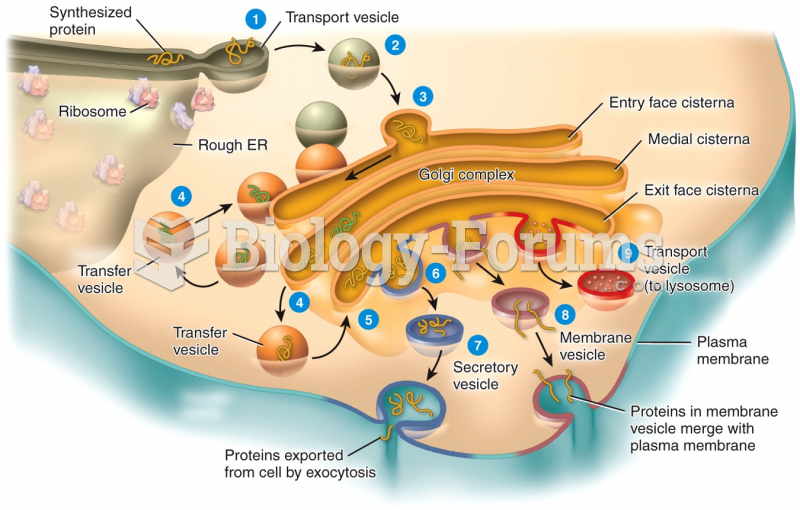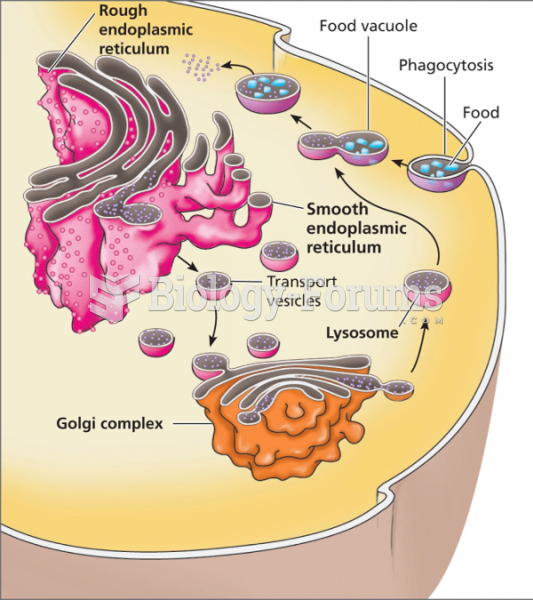Answer to Question 1
The broken windows theory posits that an area appearing to be run down and not cared for could be attractive to those involved in quality of life crimes, such as prostitution, drugs, loitering, malicious mischief, etc. The opening in the fence had been beneficial to the residents at first, but eventually became an area that tenants tried to avoid at night. If you rebuild the fence, the juveniles would likely move to another spot closer to the end of the fence, but the electric box still would remain as a boost for juveniles to hop over. The fence may begin to break down again through time. Those tenants who avoid the shortcut in the evening would also lose the option of cutting through during the day. If you choose to build in a gate, it may not accomplish enough by itself. The juveniles could still gather at night near the gate. It may take a little more than just a gate to end the problem. The gate could be locked at night, not allowing anyone access, a light could be installed that shines into the area where the juveniles enjoy their ruckus activities, and police could be called out periodically to check the juveniles out and make appropriate arrests. Sometimes just a different look won't be as effective by itself without more crime prevention strategies being included.
Answer to Question 2
Criminals likely select their targets from places they see during the course of their regular activities. People generally travel to two or three locations with regularity work, school, gym or entertainment, and home. This can be drawn on a piece of paper as a triangle or a rectangle. Businesses can be drawn along the path as potential targets. A few other places are visited with a little less frequently, such as grocery stores, friend's homes, and gas stations. There may be better places to burglarize just a little ways off of the normal path of travel, but the criminal might not know about them. Another norm is to burglarize a short distance from your own home where you may be recognized. This can vary depending on whether the perpetrator is a juvenile on foot or someone with a vehicle.







